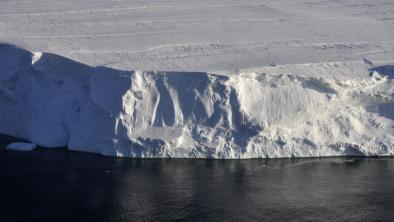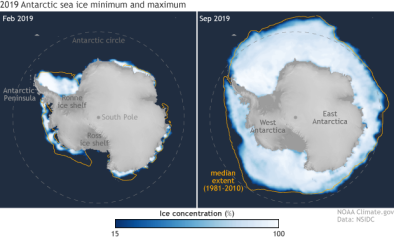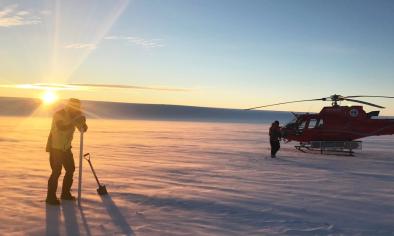Inversion of basal friction in Antarctica using exact and incomplete adjoints of a higher‐order model
- Presents a method to infer basal friction in Antarctica
- States that basal friction beneath ice sheets remains poorly characterized and yet is a fundamental control on ice mechanics
- The model used yields a pattern of basal friction coefficient, at a relatively high spatial resolution, which minimizes the misfit between observed and modeled ice velocity and provides a description of the spatial distribution and magnitude of basal friction
- Finds a high level of basal sliding, over a large fraction of the continent, i.e., beneath ice streams but also far out inland, along the flanks of topographic divides
- The results suggest that fast sliding is not common just to fast-flowing features but is widespread on the continent, as basal velocities exceed 30% of the surface velocities over more than 80% of the ice sheet
- The results provide an important observational constraint for initializing ice sheet models and suggest that rapid sliding is significant over a large fraction of the Antarctic continent

(a) Inferred basal friction, τb (kPa), (b) calculated driving stress, τd (kPa), (c) difference between driving stress and basal friction (kPa). The driving stress and basal friction are on average within 15% of each other, over 80% of the ice sheet.
The inferred basal friction and driving stress are shown in the above figure side by side. Basal friction and driving stress are almost undistinguishable over the majority of the ice sheet surface: they are within 15% of each other over 80% of the domain. Both quantities are small near ice divides, where surface slope is low, and large near the coast, where surface slope is higher. Basal friction is high along mountainous regions, e.g., the Transantarctic mountains and the Antarctic Peninsula plateau, which are also regions where uncertainties in ice thickness are high.
Related Content





